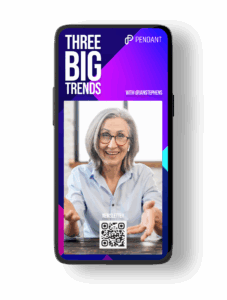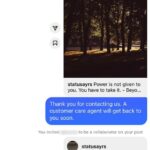Understanding Ad Fatigue: What It Is and How to Prevent It
Picture this: you’re casually scrolling through your favorite social media platform when an ad catches your attention. It’s compelling at first—until you see it again. And again. Before long, that once-interesting ad becomes an annoyance.
Welcome to the world of ad fatigue—a common challenge in digital marketing that can reduce campaign effectiveness, drive up costs, and decrease user engagement.
Don’t worry—this guide will walk you through what ad fatigue is, why it happens, and how to stop it from sabotaging your ads.
What Is Ad Fatigue?
Ad fatigue occurs when users are exposed to the same ad too many times. As the message becomes repetitive, engagement starts to decline. This phenomenon is particularly common across digital platforms like social media, display networks, and search engines.
Signs of Ad Fatigue:
- Decreasing click-through rates (CTR)
- Rising cost per click (CPC)
- Lower engagement (likes, comments, shares)
- High ad frequency (same users seeing the ad repeatedly)
Why Does Ad Fatigue Happen?
- Repetitive Exposure: Users get tired of seeing the same creative over and over.
- Lack of Creative Variety: Ads with identical visuals and messages quickly lose appeal.
- Audience Saturation: When you over-target a small audience, they become desensitized.
- Irrelevant Content: Ads that don’t match users’ interests get ignored faster.
How to Prevent Ad Fatigue
1. Rotate Your Ads Frequently
Change your ad creatives every 7–14 days to keep your content fresh and engaging. Try mixing up:
- Images and video formats
- Headlines and taglines
- CTA (call-to-action) buttons
- Messaging and tone
2. Use Dynamic Ads
Platforms like Facebook and Google offer dynamic ad formats that automatically customize content based on user behavior. This personalizes the user experience and reduces repetitiveness.
3. Expand Your Target Audience
Avoid oversaturating a narrow audience. Instead:
- Target new lookalike audiences
- Broaden geographic locations
- Explore different age groups or interest segments
4. A/B Test Creatives and Messaging
Conduct A/B testing to determine which variations of your ad perform best. Pause underperformers and scale the high-converting ones. This helps you reduce unnecessary impressions and keep engagement high.
5. Manage Frequency and Delivery Settings
Use frequency caps on ad platforms to limit how often your audience sees your ad. This helps prevent overexposure and extends campaign longevity.
6. Use Retargeting Wisely
Retargeting can be effective—but overdoing it leads to fatigue. Instead:
- Limit the retargeting window (e.g., show ads only to users from the past 7–14 days)
- Use sequential messaging to vary the experience and tell a story across different touchpoints
7. Monitor Key Performance Metrics
Keep an eye on metrics like CTR, CPC, engagement rate, and frequency. These will quickly reveal if your audience is getting tired of your ad.
Learn more about CTR vs. CPE and campaign metrics
Conclusion
Ad fatigue can silently drain the effectiveness of your digital campaigns. But with a proactive approach—rotating creatives, expanding your audience, using automation, and closely monitoring performance—you can keep your ads impactful and your ROI strong.
So, if your ads are starting to feel stale, it’s not the end. It’s just time for a refresh.









